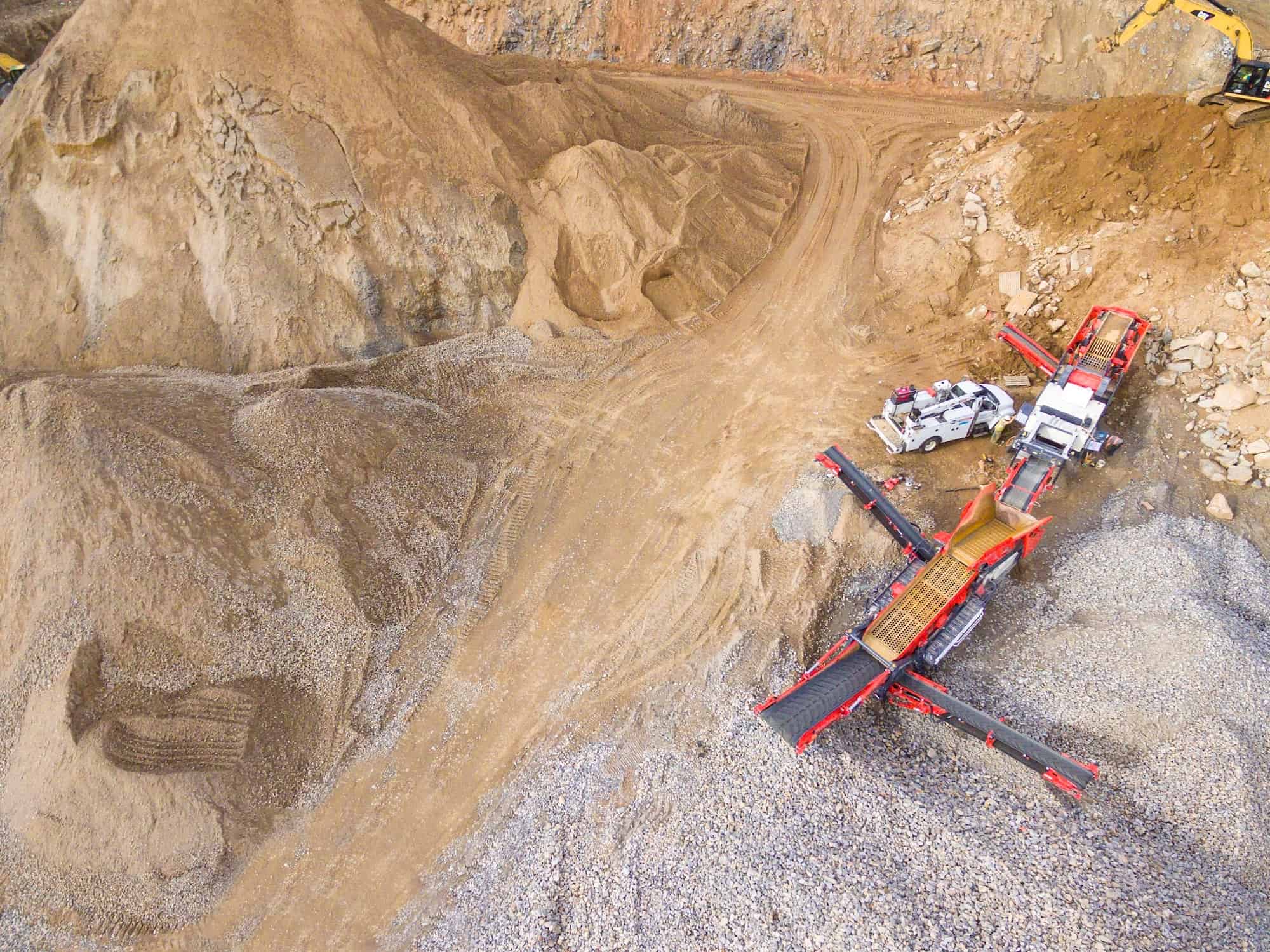Drones have become a major part of our lives in many aspects; this includes photography, videography, and, most importantly, field mapping using drone surveying. Drones have the ability to map an area or object, no matter the size, in a matter of minutes, whereas it takes humans hours, days, or weeks. Plus, drones have become so widely used that even simple hobby models can achieve UAV survey-grade mapping accuracy in a 3D model or a photogrammetric map.
However, most people don’t know exactly what ‘accuracy’ means, how it’s measured, and how to verify it, especially regarding UAV surveying. This is all very important to question when it comes down to land surveying: accuracy is the aim of every land surveyor. Therefore, they need to know what accuracy is and how they can achieve it using drones. If they don’t understand these things, then they offer their clients nothing, and you’re left wondering how accurate your drone survey is.
WHY IS AN ACCURATE DRONE LAND SURVEY NEEDED?
The accuracy of a land survey depends on the final application and the use of the model. In many cases, an acceptable error of 30 cm will be more than enough in terms of accuracy, while many other projects require a maximum acceptable error of 2 cm. But before you start a land surveying project, you must also investigate the UAV regulations and requirements that you need to follow for your project.
Something to keep in mind is that according to the USGS Global Navigation Satellite System Committee, matching the accuracy requirements of the project and choosing the right equipment for the project is the sole responsibility of the surveyor. A surveyor must also remember that different states have different standards and regulations that need to be kept in mind when doing land surveys. Therefore, it is always important to stay up to date with the standards and regulations that you will be operating under and make sure that you understand them.
WHAT INFLUENCES DRONE SURVEY ACCURACY?
The degree of accuracy of a drone land survey depends on various technicalities, including the photogrammetric process and the accuracy of the Ground Control Points (GCPs).
With this being said, you must also realize that the absolute accuracy of your survey cannot be higher than the GCPs’ accuracy. To counteract this, make sure that the points used are measured with an accuracy higher than the pixel size of your drone.
Accuracy will also depend on the relative accuracy of your drone model. You’ll be stitching together hundreds or even thousands of tiny photos that you have taken with your small drone camera. Because of this, it’s almost impossible to have each map pixel located exactly where it should be; however, it should be pretty close.
Finally, there are a few other things that might influence your survey accuracy. These include:
- The terrain profiles
- The drone hardware you’re running
- Image overlap
- Weather conditions
- Stability of the machine
- GPS conditions
These are aspects that you should look into to ensure that it won’t mess up your accuracy too much.
With all this being said, how do you know what accuracy you can achieve with your drone-made land survey? When it comes down to relative accuracy, you should find an expected error of 1-3 times the pixel size for a correctly constructed model. This error should be applied both vertically and horizontally on your model.
However, you must remember that this error is not global. It can be larger in terrain with irregular altitudes or even terrain with no characteristic objects to use as identifying points.
With absolute accuracy, you should find an expected error of 1-2 Ground Sampling Distance (GSD) horizontally and 1-3 GSD vertically for a correctly constructed model. Remember that GSD depends on the camera’s parameters (i.e., camera resolution and focal length) and the flight altitude.
HOW DO YOU KNOW IF YOUR LAND SURVEY IS ACCURATE OR NOT?
It’s difficult to know if an accurate drone-made land survey is accurate or not because, in most cases, an accurate model can look identical to an inaccurate one. If you have ensured that everything that affects the accuracy of your UAV land survey is properly accounted for, you should have a pretty accurate model. Ultimately, the only way to know is to calculate an error study.
Many error studies can be used to determine the accuracy of your drone’s land survey. For example, you can use the study published by P. Barry and R. Coakley in 2015 titled, Accuracy of UAV Photogrammetry Compared with Network RTK GPS. In this study, they are using the accuracy measures mentioned above to figure out the accuracy of test UAV surveys. If you were to follow their methods, you would be able to figure out the accuracy of your UAV land survey easily.
Overall, a good practice for your UAV surveys is to measure several checkpoints throughout the field; these would be in addition to the Ground Control Points. These checkpoints will allow you to easily calculate the accuracy of your model using regular surveying calculation methods.
Finally, you could also calculate the accuracy of your land survey by measuring the distances between characteristic points (i.e., the distance between two buildings). You can do this by using a laser distance sensor that you can purchase that will provide a 1mm accuracy for a distance up to 100m.
Many aspects influence the accuracy of your land survey, and many things need to be kept in mind the ensure that a proper survey is being done. Hopefully, this post will have given you an in-depth understanding of drone data accuracy and will allow you to identify and avoid some of the common problems that can happen when using a drone for a land survey. Finally, make sure to stay up to date on the requirements for the accuracy of a drone-made land survey, and research any questions you might have to ensure you’re doing the right things.

Brad Nichols
Partner
30 plus years focused on mission-critical technology and operations
